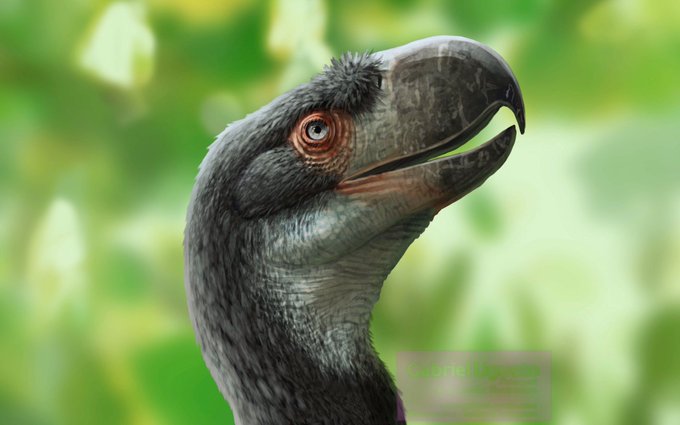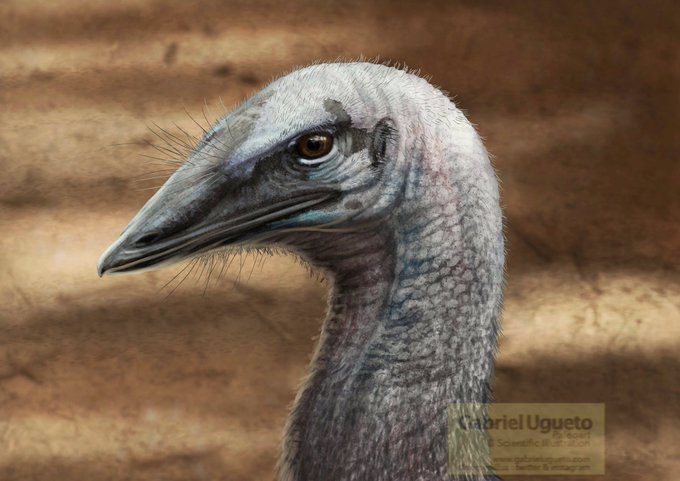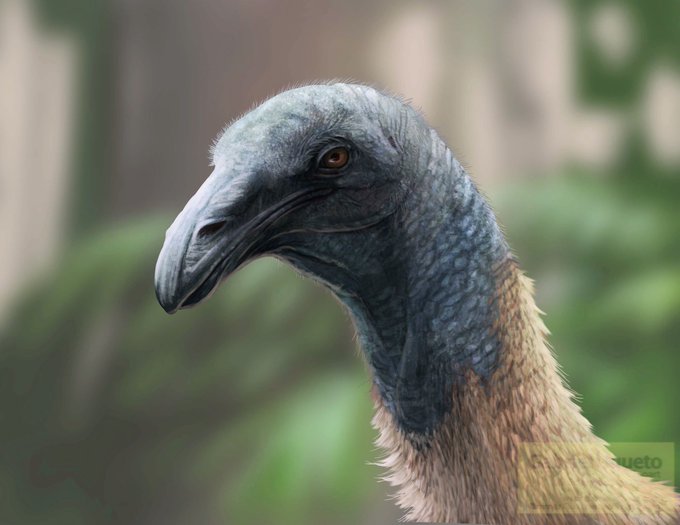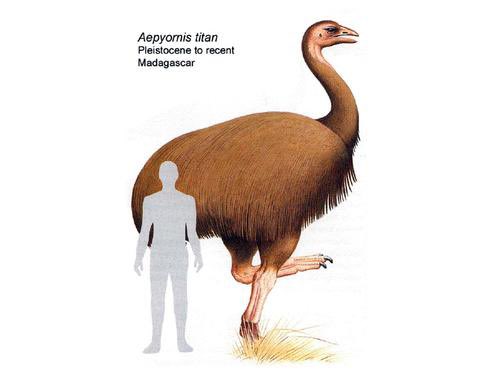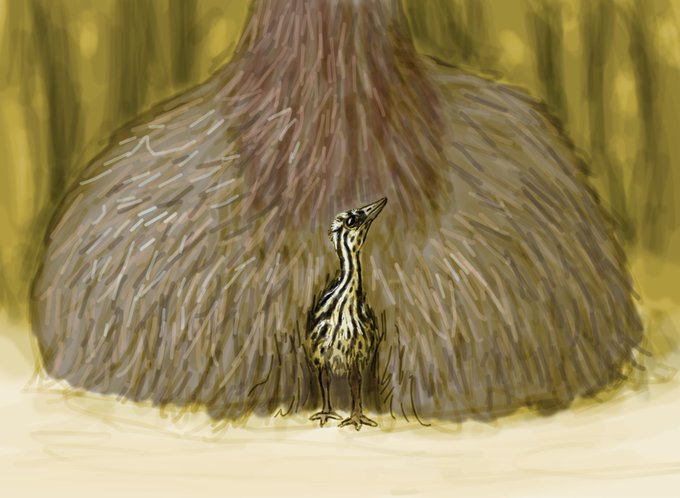pyornのTwitterイラスト検索結果。 14 件
@TetZoo @TheCassowaryKid Interestingly the same is the case for H.G.Wells’ Aepyornis Island, where the elephant bird is depicted with a cassowary-like crest. It’s almost as if authors find the cassowary to be such an archaic looking creature that extinct birds must look the similar.
Congratulations on 2000 subs on Youtube Pyon-sama, hopefully you like this fanart
Happy NNN everyone. I already lost anyways
_( :3 --)L-
Pyon is not flat | Policar #pixiv #Pyorn #Pyonting https://t.co/mtwL3m2cSs
Some more stuff for island fauna for #IslandFaunaWeek
Aepyornis, Megaladapis, Deinogalerix and Thecodontosaurs. The last one is for me especially interesting because the animals not only lived on islands but were found in cave deposits.
#paleoart #sciart #dinosaurs #birds
Burung gajah ialah anggota keluarga Aepyornithidae.
Burung yang mendiami Pulau Madagaskar ini tidak boleh terbang disebabkan oleh saiznya yang sangat besar.
Kepupusan mereka sekitar sekitar tahun 1000–1200 M yang berkemungkinan besar disebabkan oleh aktiviti manusia.
Portraits of extinct giant Cenozoic birds: Andalgalornis steulleti, Dinornis robustus, Aepyornis maximus and Pelagornis sandersi. For today’s #SciArtTweetStorm I hope to develop these illustrations more at some point. #SciArt #paleoart
Portraits of long gone big birbs. Aepyornis maximus (Giant Elephant Bird) left; Dinornis robustus (South Island Giant Moa) right.
My favourite is the elephant bird (Aepyornis spp.) that stood at 10ft tall (good lord) and despite essentially being a Huge Ostrich actually has today’s kiwis as its closest relative! Big dinosaur bird
#Aepyornithomimus! This one's a little older than the date I'm posting it, but I needed to post it at some point, right? #dinosaur #palaeoart
Highlights from the #paleostream! Aepyornis chick, Campylognathoides, Kubanochoerus and Palaeophis. #paleoart #dinosaurs
















